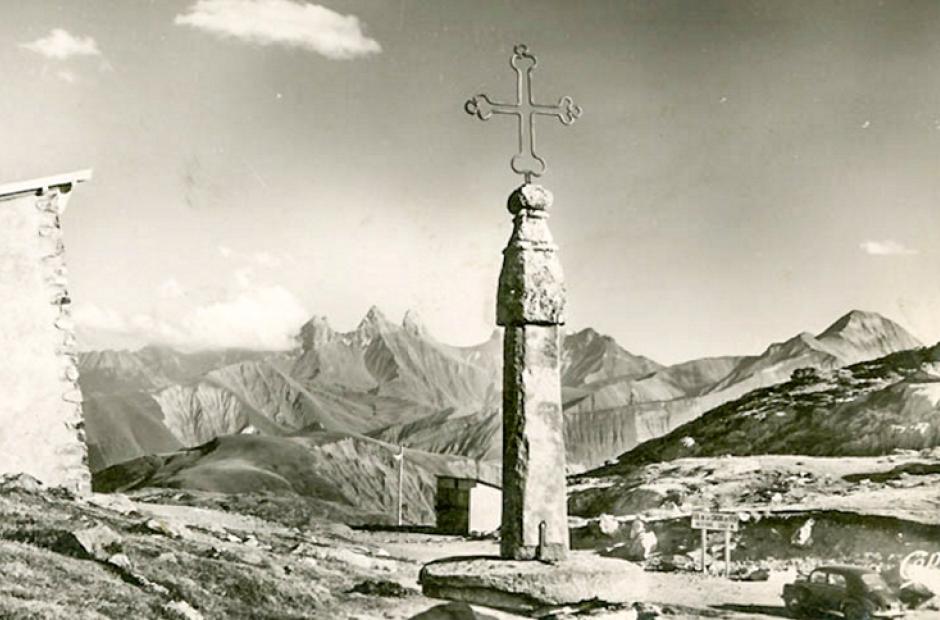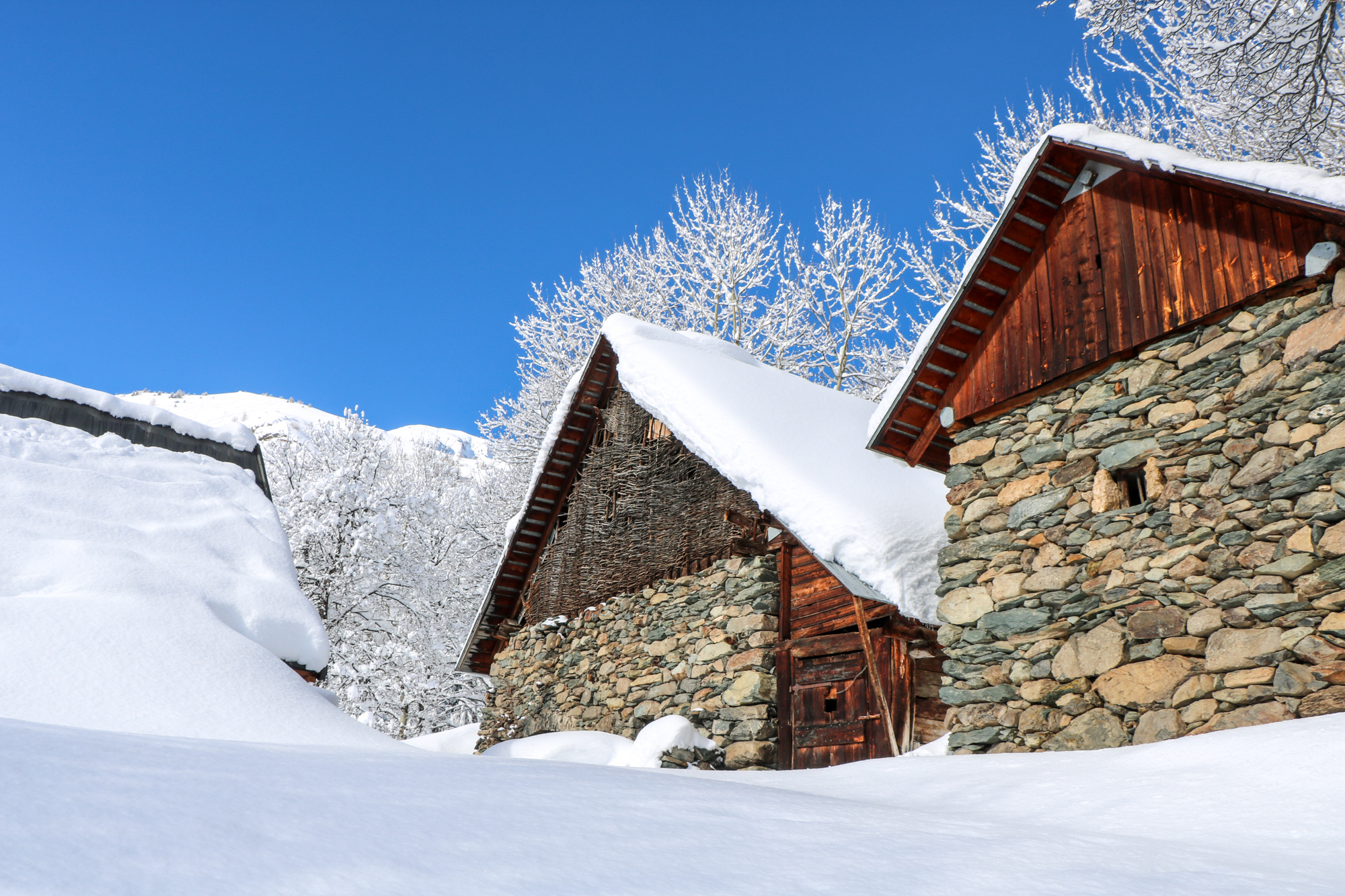
Culture & Heritage
Enjoy your trip to Saint Sorlin d’Arves to discover its cultural riches.
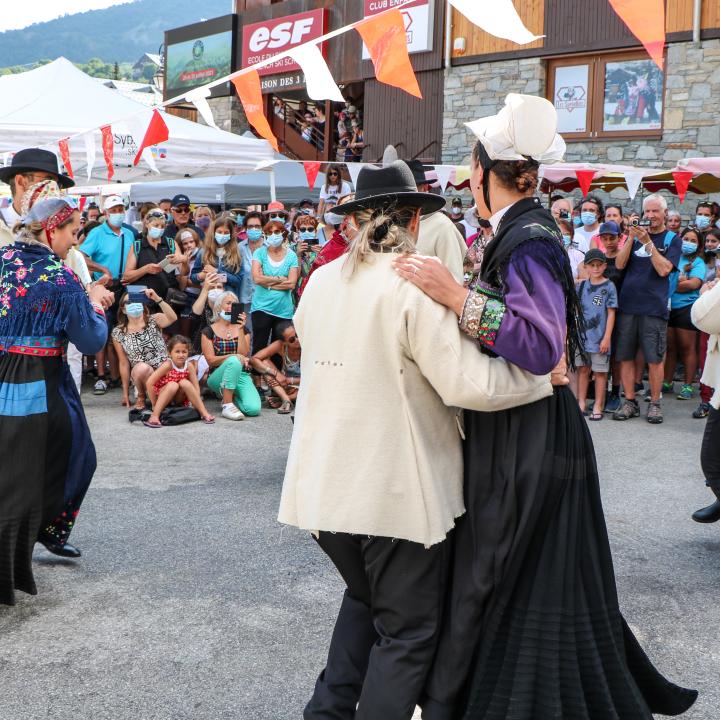

Enjoy your trip to Saint Sorlin d’Arves to discover its cultural riches.

You can now check all monuments from inside thanks to our virtual tours !
Old housing :
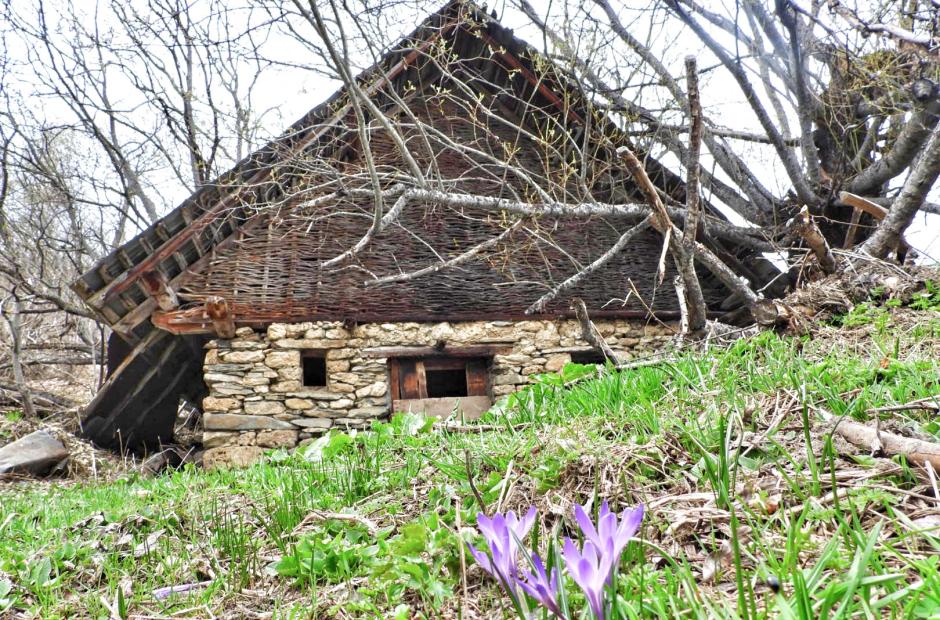
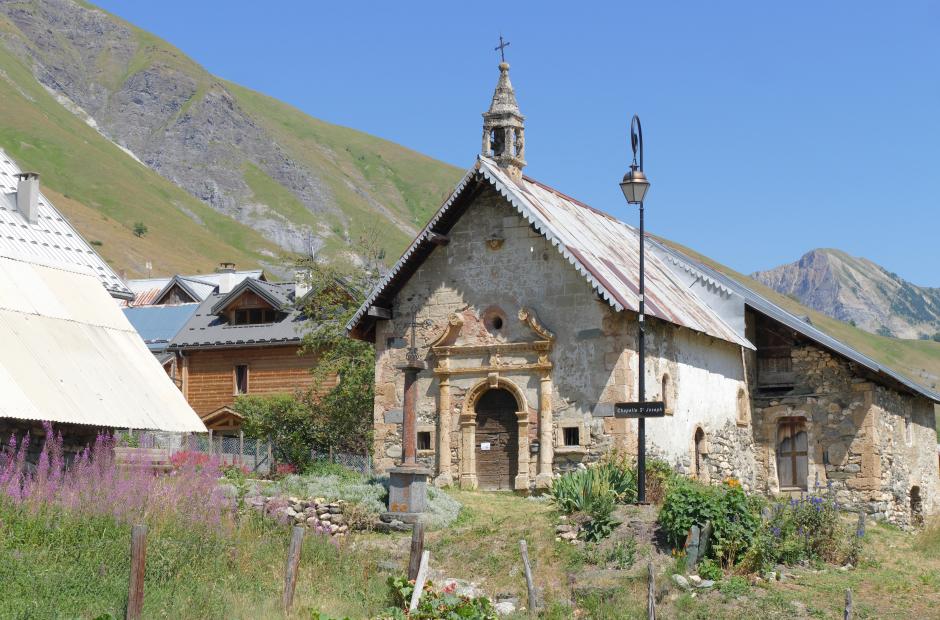
Le village de Saint Sorlin d'Arves est composé de 4 chapelles historiques regorgeant d'histoire :
Découvrez dès maintenant tous les monuments de l'intérieur grâce à nos visites virtuelles !
Rénovation des chapelles : parcourez le site internet de l'Association Saint Jean-Baptiste.
The traditional women’s costume always consisted of the same pieces:
In Saint Sorlin d'Arves, the men wore white jackets made of woollen cloth woven in the region.
18 May 1914 - 29 June 1982
Born on 18th May 1914 in Saint-Jean-De-Maurienne (Savoie), Pierre Balmain left this town at the age of 11 to study in Chambery and then in Paris in order to become an architect, as his mother wished.
In 1945, Pierre Balmain opened his own boutique on Rue François 1er. He dressed the stars of the entertainment industry: Germaine Montero, Marlène Dietrich, Michèle Morgan, Katherine Hepburn, Brigitte Bardot, Sophia Loren, Dalida... and he was called upon to create the outfits for royal weddings.
When he died, his ashes were scattered in the Combe de la Balme, in the Maurienne, at the foot of the Saint Sorlin d’Arves glacier.
Evelyne DOMPNIER
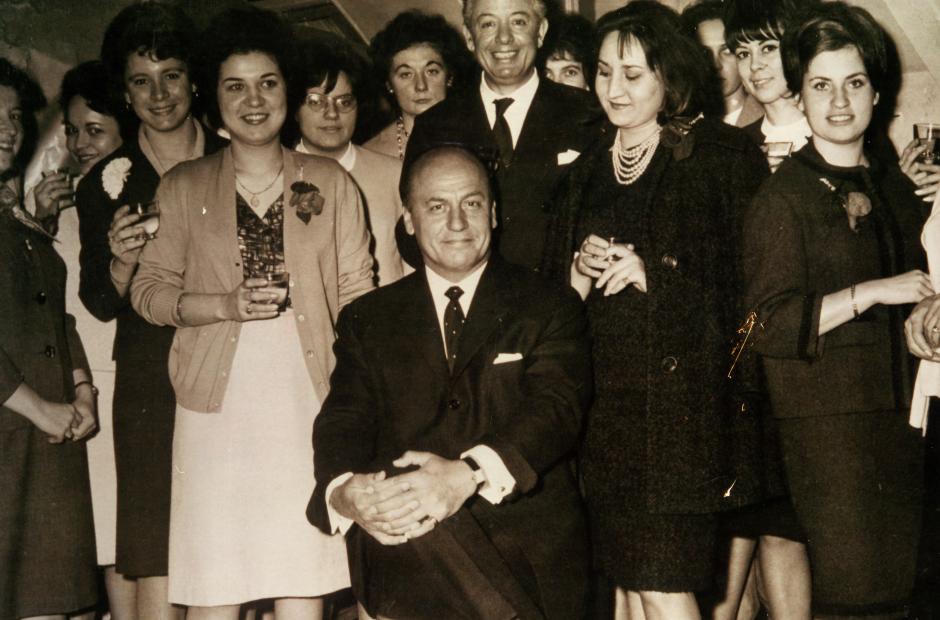
La Vallée des Arves fut peuplée très tôt. Rattaché à l’évêché de St Jean de Maurienne, St Sorlin appartenait au duché de Savoie, rattaché à la France par le traité de Turin en 1860.
De part sa position stratégique frontalière, le village connut nombre d’invasions et fléaux.
Autrefois exclusivement pastorale, la vie y était difficile, isolée par le verrou glaciaire. La route construite en 1900 facilita les déplacements.
On y cultive alors le poireau, vendu sur les marchés jusqu’à Grenoble et reconnu pour sa qualité gustative.
Le développement de la station se fait dans les années 40-50 avec la construction du 1er téléski en 1948 et l’ouverture de nouveaux commerces. L’immobilier sort de terre principalement dans les années 80 avec le domaine skiable.
Aujourd’hui la station fait partie du domaine des Sybelles, 5ème domaine skiable relié de France. Les investissements immobiliers et remontées mécaniques ont permis de prendre un nouvel essor depuis la liaison en 2003 avec les autres stations.
